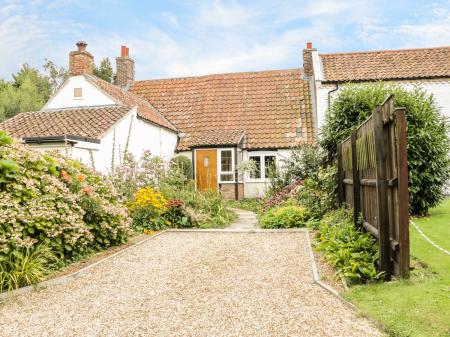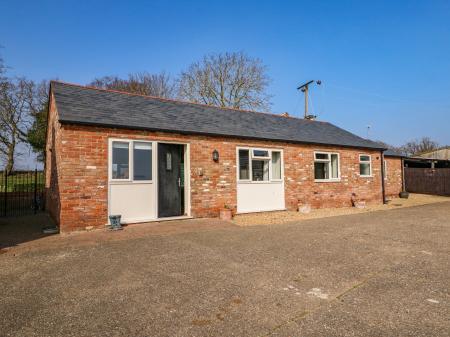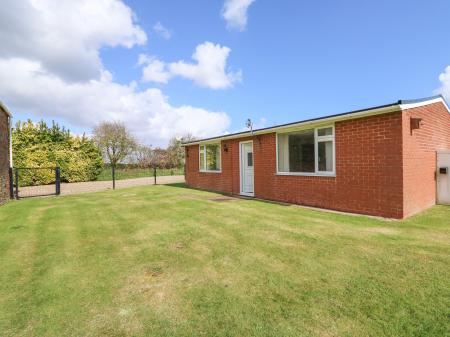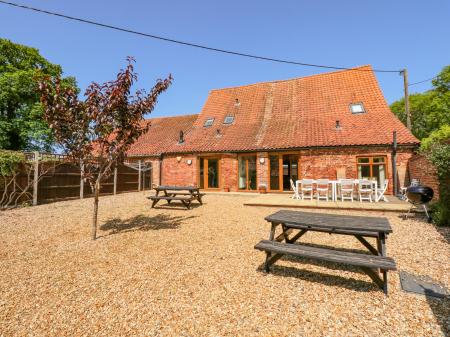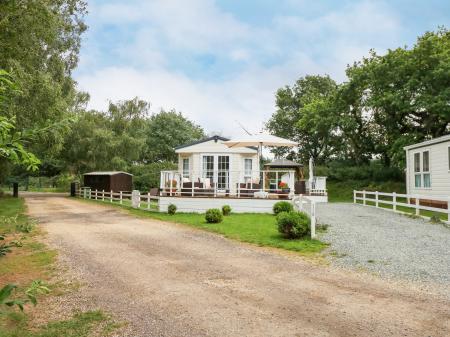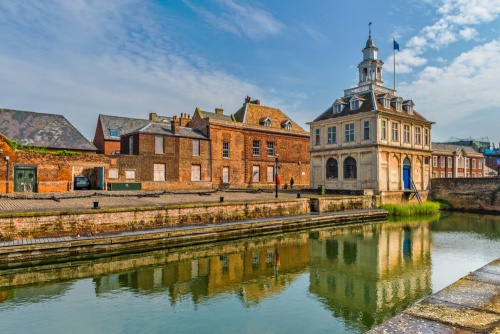
Kings Lynn was a walled town, and sections of the medieval walls survive, with the old South Gate the best surviving of four original town gates.

The historic market square is ringed with old buildings, including the striking town hall, but the most recognisable, iconic building in Lynn is the Old Custom House, which dates to 1683. It was built as a Merchant's Exchange, but in 1717 it was converted into a Custom's House.
On the ground floor is the local tourist information centre, while the first floor hosts exhibitions on the merchants who made King's Lynn prosperous, the customs men who controlled the goods entering the port, and the smugglers who tried to sneak their contraband goods into the port. Outside the Custom House stands a statue of Captain George Vancouver, navigator and surveyor, and the man for whom Vancouver Island in Canada is named.
St Margaret's church, on the Saturday Market Place, is a fascinating medieval church, dating to 1101. The church is often known as King's Lynn Minster. Inside are beautifully carved 14th and 15th-century screens, and a set of medieval misericords, including a carving of a pagan Green Man. Look for the two largest medieval brasses in England, and beautifully carved choir stalls.

A short walk from the Minster is St Nicholas Chapel, the largest chapel of ease in Britain. The oldest part of the chapel dates to 1225, and the nave boasts the oldest angel roof in East Anglia. The chapel is a superb example of Perpendicular architecture. In a corner of the nave is the medieval consistory court, where felons were tried in what locals called 'the court in the corner'.
Kings Lynn was once the 3rd busiest port in the UK, a centre of activity for the Hanseatic League. Two warehouses used by the league between the 15th and 17th centuries still stand; the only Hanseatic League buildings still in existence in England. On South Quay is Hanse House, built in 1475 and owned by the cities of Bremen, Lubeck, and Hamburg until 1751.
More picturesque historic buildings stand on Priory Lane, where a terrace of small cottages is a reminder of a medieval Benedictine priory in this spot. Nearby is Hampton Court, a pretty timber-framed building erected in the 14th century by a wealthy merchant, with wings added in the 15th and 17th centuries.
On King Street is the Guildhall of St George, the largest 15th-century guildhall in England. The Guildhall was built around 1430 and was used for theatrical events as early as the 16th century. It was rescued from demolition in the 1950s and transformed into a theatre and arts centre.

In the public park known as Tower Gardens stands Greyfriars Tower, the last remnant of a 13th-century friary. The friary was destroyed at the Reformation, but the tower survived because it was used by seafarers as a navigation landmark.
Across the road from Tower Gardens is The Walks, a 17-hectare park created in the 18th century. The medieval town walls run through the park, but the most interesting historical site in The Walks is Red Mount Chapel, a 15th-century chapel built as a wayside chapel for pilgrims on their way to the Shrine of Our Lady at Walsingham. The upper chamber of the chapel was rebuilt in 1506 and features beautiful fan-vaulted ceilings.

The story of King's Lynn is told at the Lynn Museum. The museum highlight is the Seahenge exhibit, with a full-sized replica of the 4,000-year-old timber circle. The most interesting artefact from Sea Henge is the central timber, made from an upturned tree stump.
Other exhibits focus on a hoard of gold Iceni coins, Lynn's maritime heritage, and fairground gallopers made by the local Savage's company. Look for the Dershingham Hoard, a silver cup filled with silver shillings, buried during the Civil War. The museum is housed in the historic Union Baptist Chapel on Market street.
On North Street, not far from St Nicholas' Chapel, stands True's Yard Fisherfolk Museum, telling the story of King's Lynn's maritime heritage. See an original Victorian smokehouse, two fisherfolk cottages, and a restored fishing smack built in 1904.
That is just a taste of the historic places to see in King's Lynn. I highly suggest picking up a town map and guide to historic sites, available all over the town.
Five miles outside King's Lynn is Castle Rising castle, one of the finest medieval castles in the county, while only a few miles further on is Sandringham, one of the favourite residences of the royal family.






 We've 'tagged' this attraction information to help you find related historic attractions and learn more about major time periods mentioned.
We've 'tagged' this attraction information to help you find related historic attractions and learn more about major time periods mentioned.